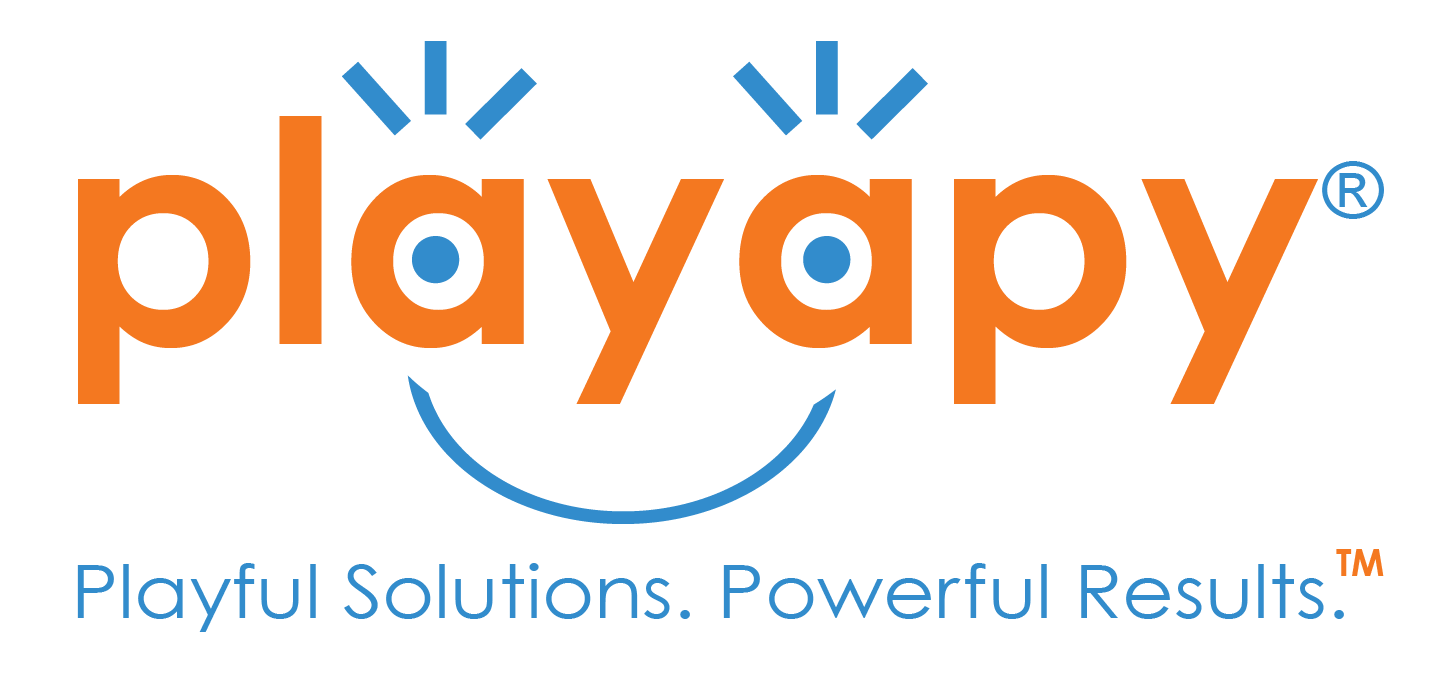
06 Jan Keeping Cursive Current
As the creator of a handwriting program, people outside of my profession often ask me if I think handwriting will soon be a thing of the past due to the advancement of technology. They usually reconsider when I remind them of all the daily activities we don’t think of that require handwriting like writing checks, filling out applications, signing contracts, etc. What fascinates them, however, is hearing all the benefits particularly when it comes to cursive handwriting. Since many schools have stopped requiring the instruction of cursive, it has become a lost art to many. So much so that National Handwriting Day, January 23rd, was created to promote the skill and help to keep it current.
Research
The benefits of handwriting extend beyond the obvious improvements in fine motor skills, hand strength, and hand dexterity. Research shows that handwriting verses tracing or typing of letters is important for the early recruitment in letter processing of three brain regions known to support successful reading. Therefore, handwriting may facilitate reading acquisition in young children.1 In fact, research has shown children that learn to write letters from memory automatically and quickly may increase the probability that they will become skilled writers in terms of composition.2 This is because there is better access to thoughts and information when handwriting flows more naturally. Cursive has been known to be a faster and more efficient method for handwriting, but research also shows that it is better for learning as well. A 2014 study compared the notes taken by college students with one group writing in cursive and the other group typing. The students that used longhand demonstrated better understanding and retention of their notes despite writing less than the typing students whom recorded more words verbatim.3 Lastly, cursive handwriting stimulates brain synapses and synchronicity between the left and right hemispheres, something absent from printing or typing.
Instruction in Schools
The many benefits of cursive handwriting create a strong argument in support of its continued instruction in schools. Keeping it current is not only helpful to children and adults as readers and writers but as learners overall. Maintain a cursive practice and reap the rewards.
I hope you find this helpful. If your child struggles with handwriting tasks, talk to your pediatrician about consulting with an occupational therapist. Have a playful day!
Amy Baez, MOT, OTR/L
Amy Baez is a pediatric occupational therapist, award-winning handwriting author, and Founder of Playapy. For more information about Playapy services and products, visit www.playapy.com or email [email protected].
References:
1 James, K. and Engelhardt, L. (2012). The effects of handwriting experience on functional brain development in pre-literate children. Trends in Neuroscience and education. 1 (1), 32-42.
2 Berninger, V.W., et al.
(1997). Treatment of handwriting problems in beginning writers: Transfer from handwriting to composition. Journal of Educational Psychology, 89, 652-666.
3 Mueller, P.A., and Oppenheimer, D. M. (2104). The pen is mightier than the keyboard: Advantages of longhand over laptop note taking. Psychological Science. 23 April. DOI: 10.1177/0956797614524581.
